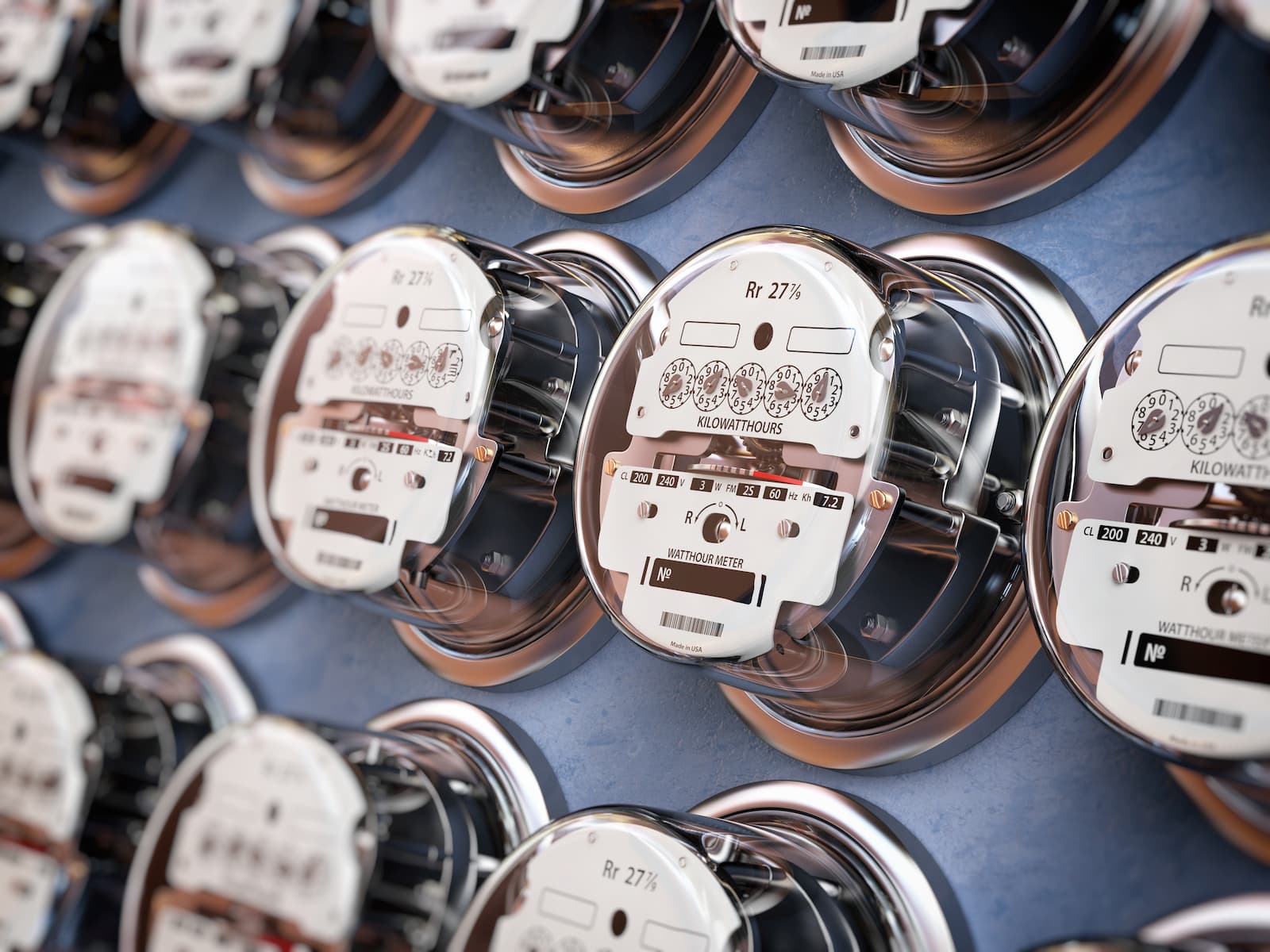
Dear Eartha, My energy bills have fluctuated a lot over the last few years. How can we combat this trend?
As America celebrated its birth as an independent nation last week, the climate nut in me couldn’t help but think about energy independence and its role in our pursuit of a sustainable and resilient future. Who doesn’t want control of their own destiny?
Major fluctuations in energy prices have left homeowners frustrated and seeking ways to regain control over their energy consumption and costs. As climate change drives more intense storms, extreme temperatures and more frequent natural disasters, it prevents our basic infrastructure (like power stations or lines) from supplying and delivering power. You might have seen the Texas power grid in the news again, this time under extreme pressure from a record-breaking heat wave. Luckily their supply of solar came to the rescue to help prevent statewide blackouts this time.
Let’s explore what it means to achieve energy independence at both the community and residential scale and discuss some practical ways to accomplish this ambitious goal.
What is energy independence?
Energy independence is the ability of communities and residents to generate and manage their energy needs without relying heavily on external sources.
At the community level, energy independence involves developing a self-sufficient and resilient energy ecosystem with local, renewable resources. Local governments and utility companies committing to renewable energy — like solar, wind or geothermal — while adding infrastructure to reliably transport and store all that clean power can help Summit County achieve this. Fun fact: the primary utility that powers Summit County, Xcel Energy, already generates 42% of its electricity from renewable sources.
On the residential scale, it means taking greater control of energy at home. This could mean installing rooftop solar or be as simple as maintaining the air sealing on your doors and windows. By producing energy on-site while using less, you can dramatically reduce your climate impact while gaining more control over where your energy comes from (thus gaining control over your energy bills).
Achieving energy independence is a win for the planet, the local economy and your wallet. Let’s take a closer look at the advantages.

Why energy independence?
Along with controlling your energy bills, there are many benefits to consider:
Environmental sustainability: Energy independence relies on renewable energy sources such as solar and wind, which create significantly less pollution compared to fossil fuels. By reducing reliance on coal, oil and natural gas, we can mitigate climate change, preserve our natural ecosystems and breathe cleaner air.
Economic stability: Embracing energy independence insulates communities and households from the volatility of fossil fuel markets, providing long-term economic stability and predictability.
Resilience: Energy independent communities and individuals become more resilient to disruptions in the power grid. They are better prepared to withstand natural disasters, grid failures or energy price fluctuations.
How to be energy independent
Step one is energy efficiency. It’s the low-hanging fruit that reduces energy consumption and overall demands. Sign up for a home energy assessment with High Country Conservation Center to start saving.
Communities and households can invest in renewable energy such as solar panels, wind turbines or geothermal systems to produce their own power. Substantial local and federal incentives help reduce the upfront investment. Alternatively, residents can purchase their electricity from a community solar garden, which helps increase demand for local renewable energy.
Energy storage, aka batteries, are instrumental in achieving energy independence. They allow excess energy generated during peak production times to be stored and used when demand is high or supply is limited. Add battery backup to your renewable energy system to insulate yourself from outages and price spikes and improve the resilience of your home.
Finally, local policies play a crucial role in driving the transition toward energy independence. Voting for local and state legislators who support sustainable energy policies — like renewable portfolio standards, net metering, and sustainable building codes — will facilitate energy independence for both the community and individual households.
Energy independence doesn’t have to be absolute or mean going completely off-grid, though it does offer that possibility. And it certainly doesn’t mean disconnecting from the community. In fact, energy independence is a holistic, collaborative effort to give our community and ourselves more bearing in our lives. After all, isn’t that the essence of the American dream?
